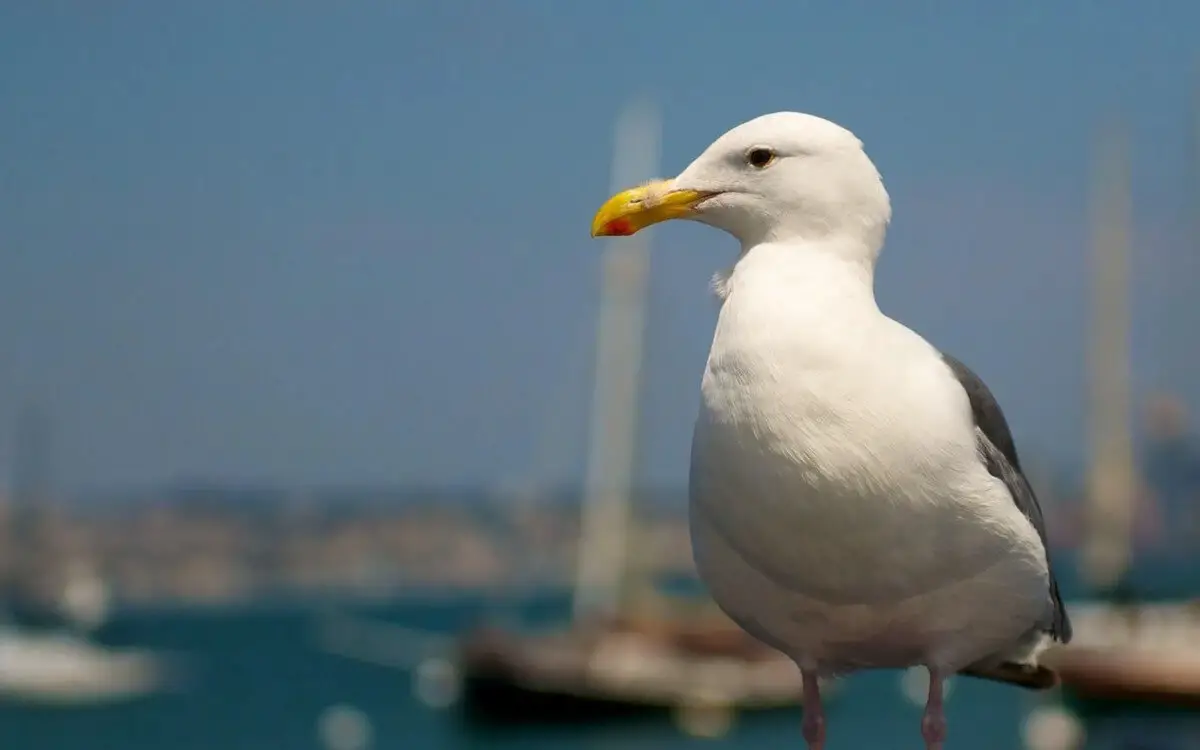Prepare to take flight into the fascinating world of seagulls! With their unmistakable squawks and effortless glides, seagulls have captured our attention for ages. Today, we’re unleashing 10 incredible seagull facts that will have you saying, “Wing me more!” From their remarkable adaptations to their mischievous behaviors, we’ll soar through the skies of knowledge to unravel the secrets behind these coastal aviators. So, don your imaginary wings, grab a bag of popcorn (just watch out for beak-snatching!), and let’s dive headfirst into the captivating world of seagulls. Get ready to ride the winds of enlightenment and discover the gull-orious wonders that await us!
1-10 Interesting Facts About Seagulls

- When living in the wild, They have an average lifespan of 10 to 15 years.
- Seagulls possess exceptional vision, enabling them to see with remarkable clarity even from distances as far as 2 miles away.
- It is fascinating to learn that a seagull can consume up to 20% of its own body weight in food on a daily basis.
- Seagulls have the unique ability to drink both saltwater and freshwater due to the presence of exocrine glands located in the supraorbital grooves of their skull. These glands facilitate the excretion of salt through the nostrils, assisting the kidneys in maintaining electrolyte balance.
- In a rather unfortunate incident, baseball player Dave Winfield was arrested for causing unnecessary suffering to an animal after inadvertently hitting and killing a seagull with a baseball during a game.
- The world’s largest bird in history was a prehistoric seagull with an impressive wingspan measuring 24 feet. This magnificent creature could achieve a flight speed of 10 meters per second.
- To ensure the comfort of its affluent guests in outdoor seating areas, a luxurious hotel in Cannes, France, employs a team of five expertly trained attack hawks to deter bothersome seagulls from causing any disturbances.
- Seagulls have some ruthless tactics when it comes to their culinary preferences. They pluck the eyes from baby seals to prevent them from seeking help.
- During World War I, the British army had some-unique ideas for seagull involvement. They attempted to train these feathered friends to defecate onto submarine periscopes. It’s like a bizarre and slightly messy strategy to hinder enemy forces. Who knew seagulls could have such potential as aerial ammunition?
- A scientific investigation into the reason behind the red spot present on seagulls’ yellow bills earned Dutch scientist Niko Tinbergen the prestigious Nobel Prize in 1973.
That’s it for this post guys, I hope you had fun while reading 10 Awesome Seagulls facts
Read More:


